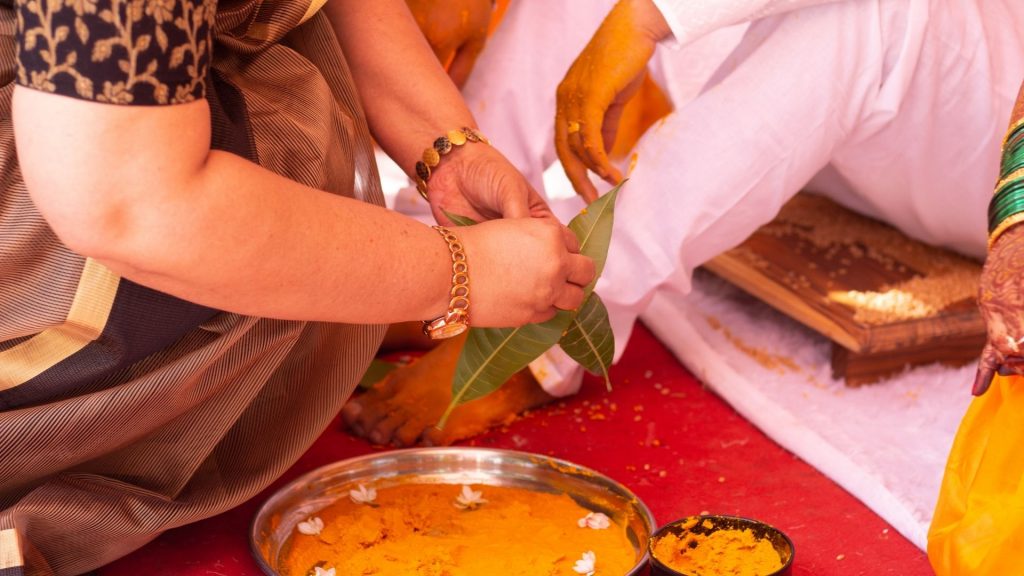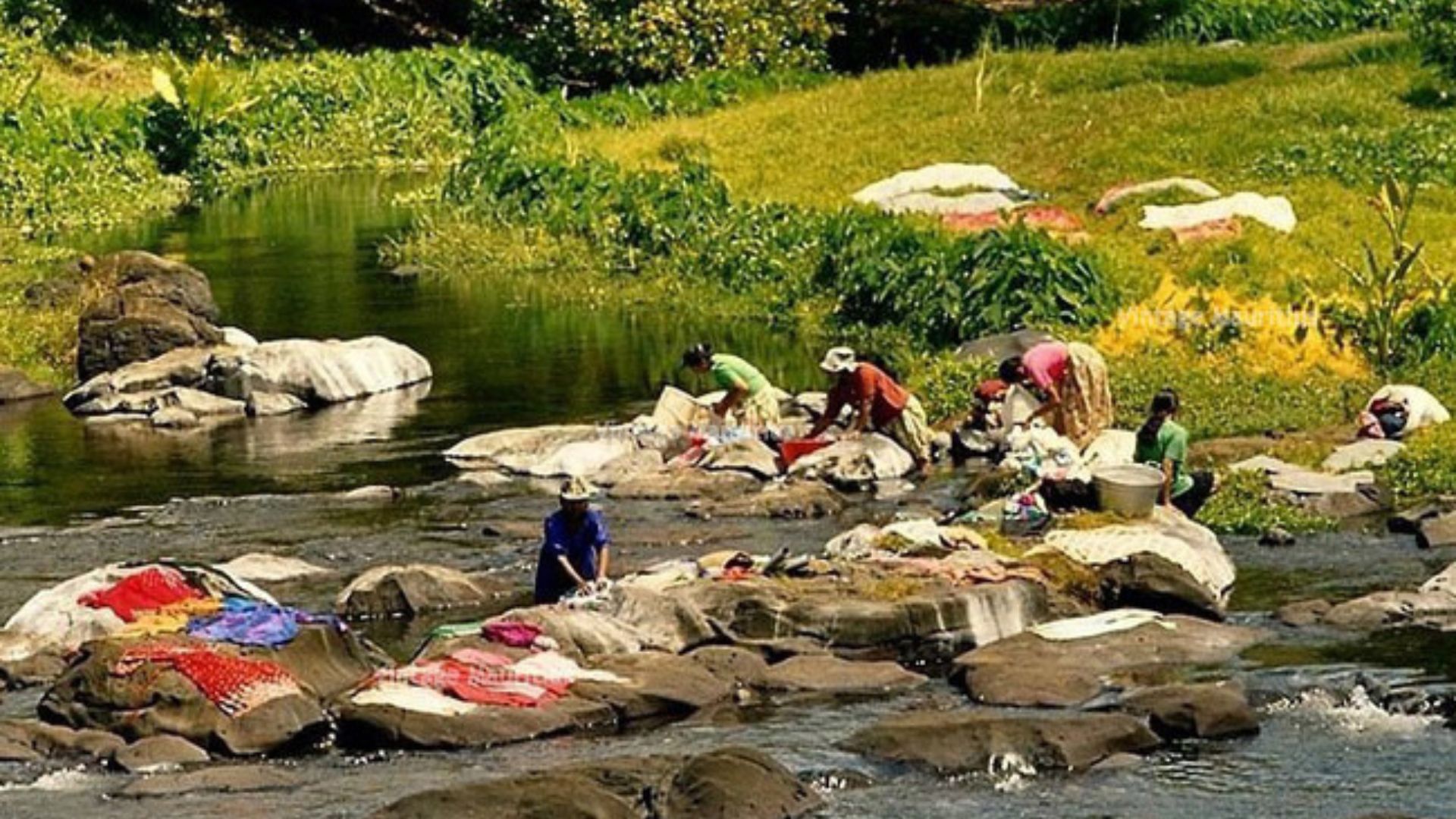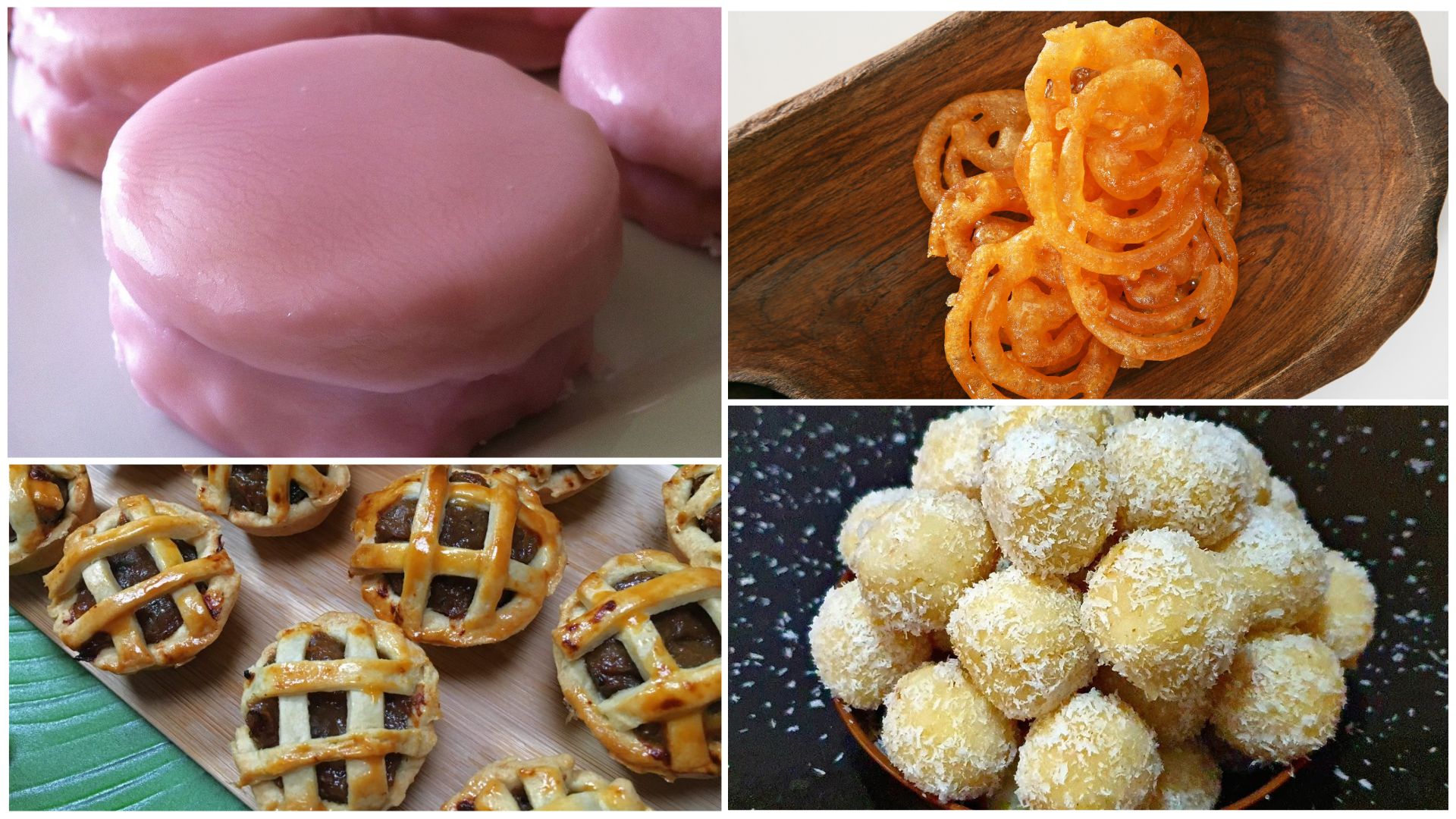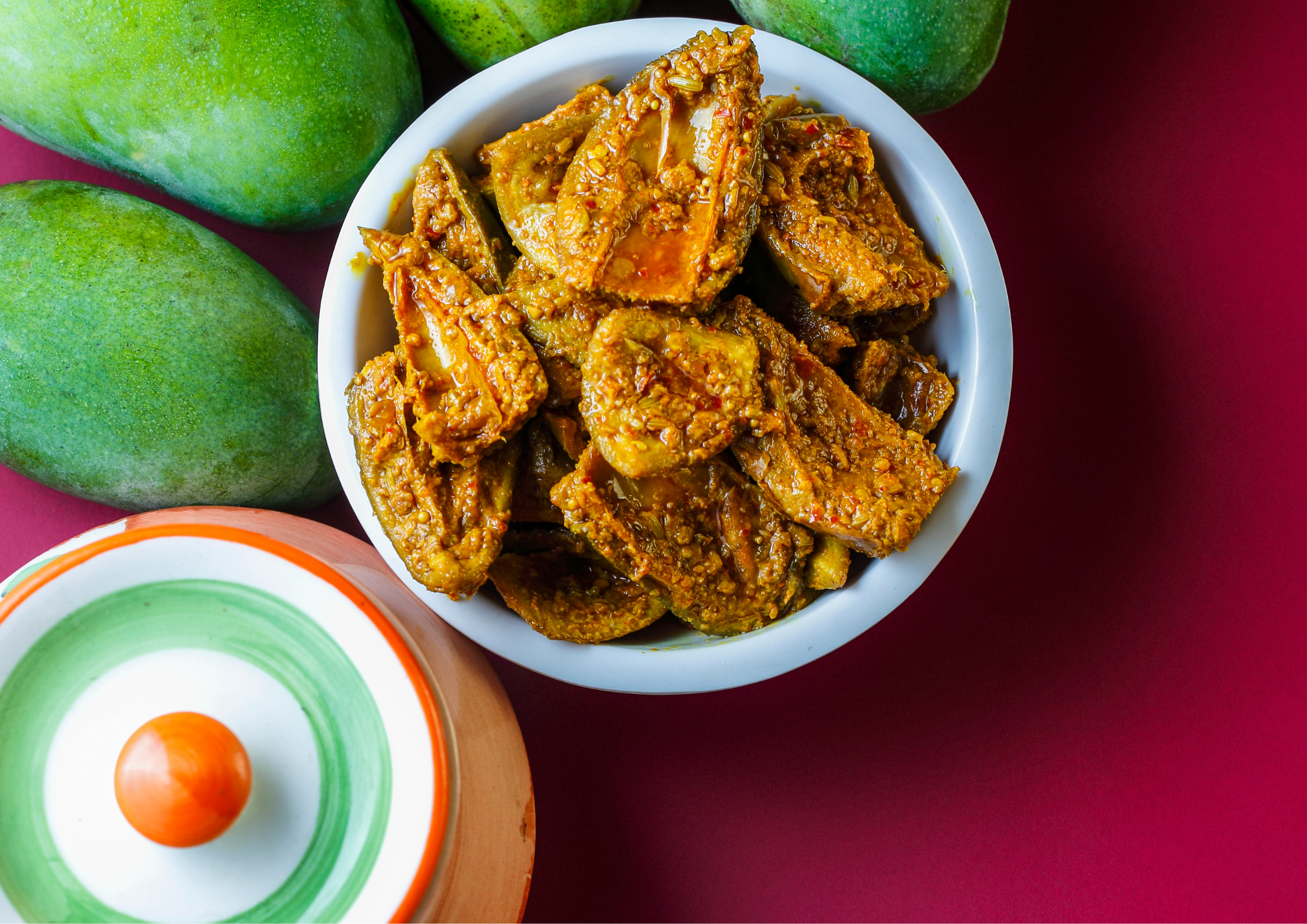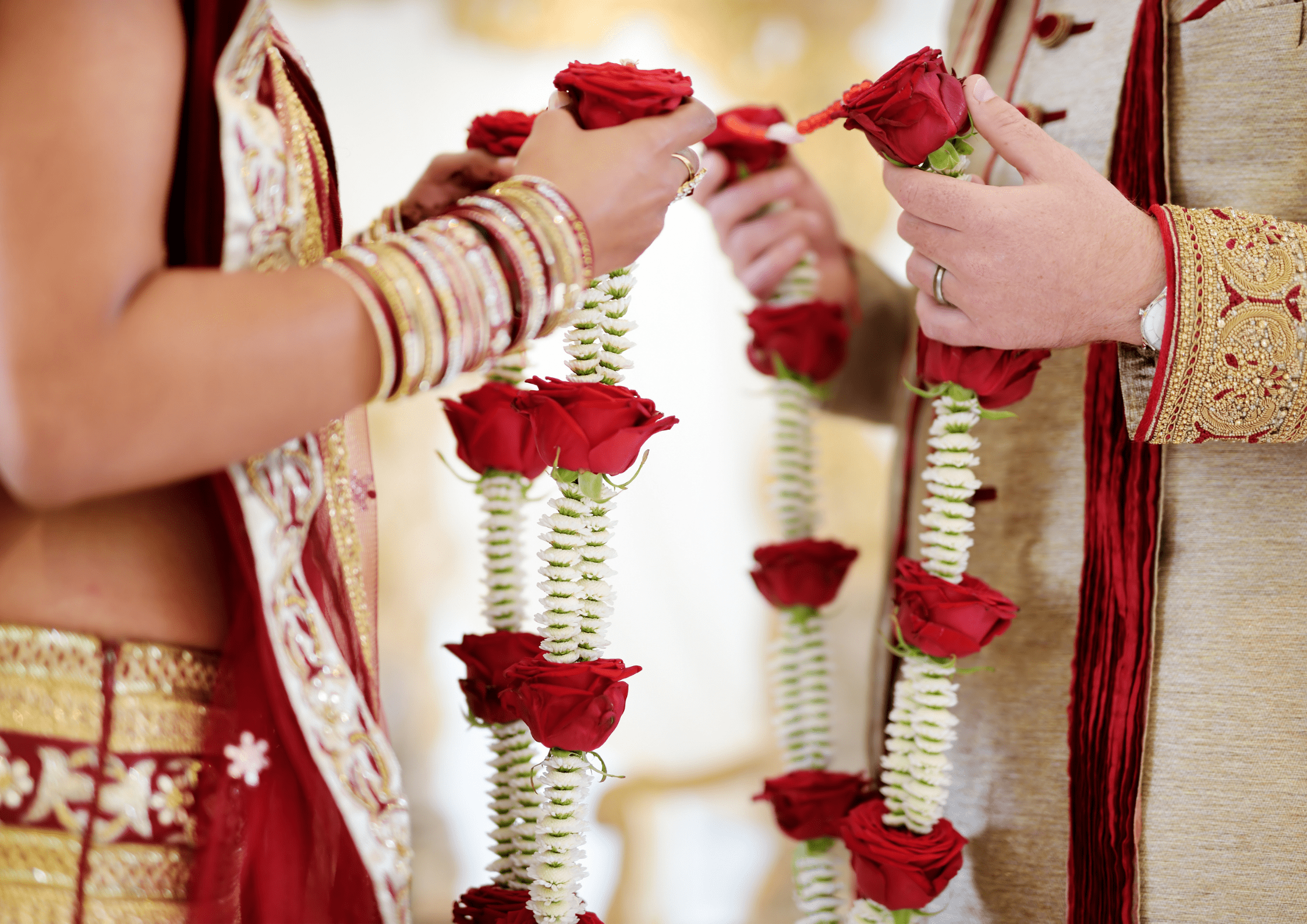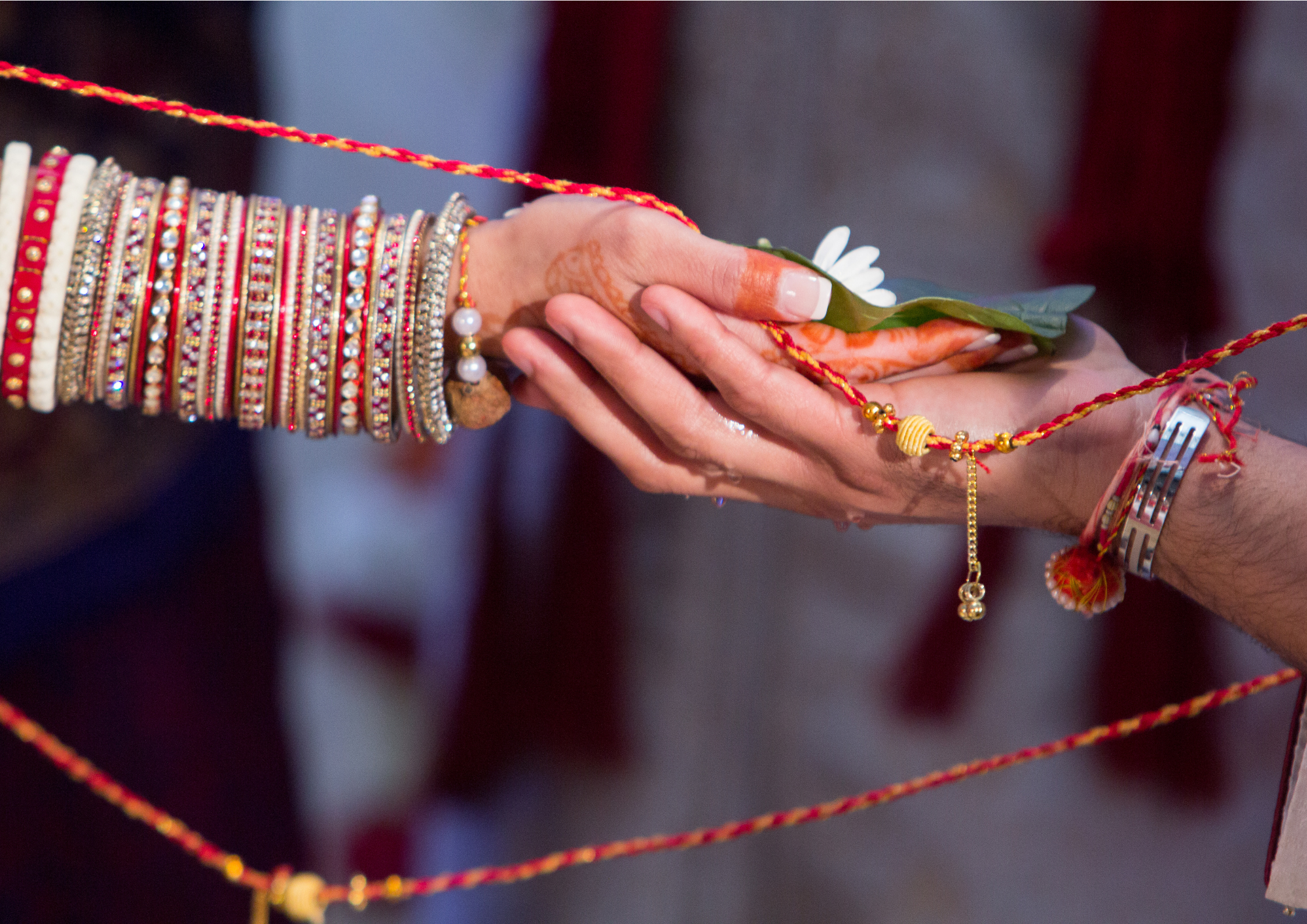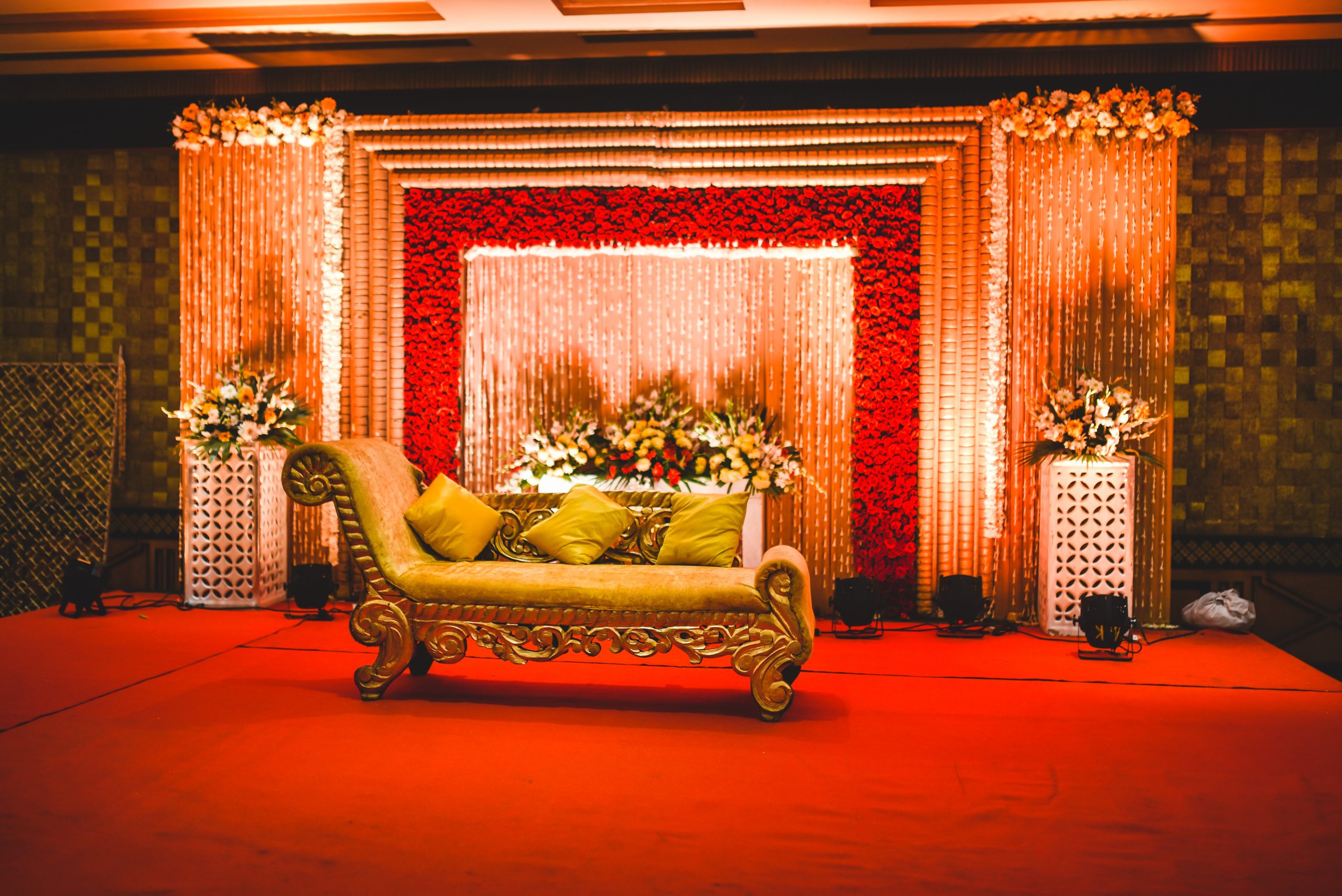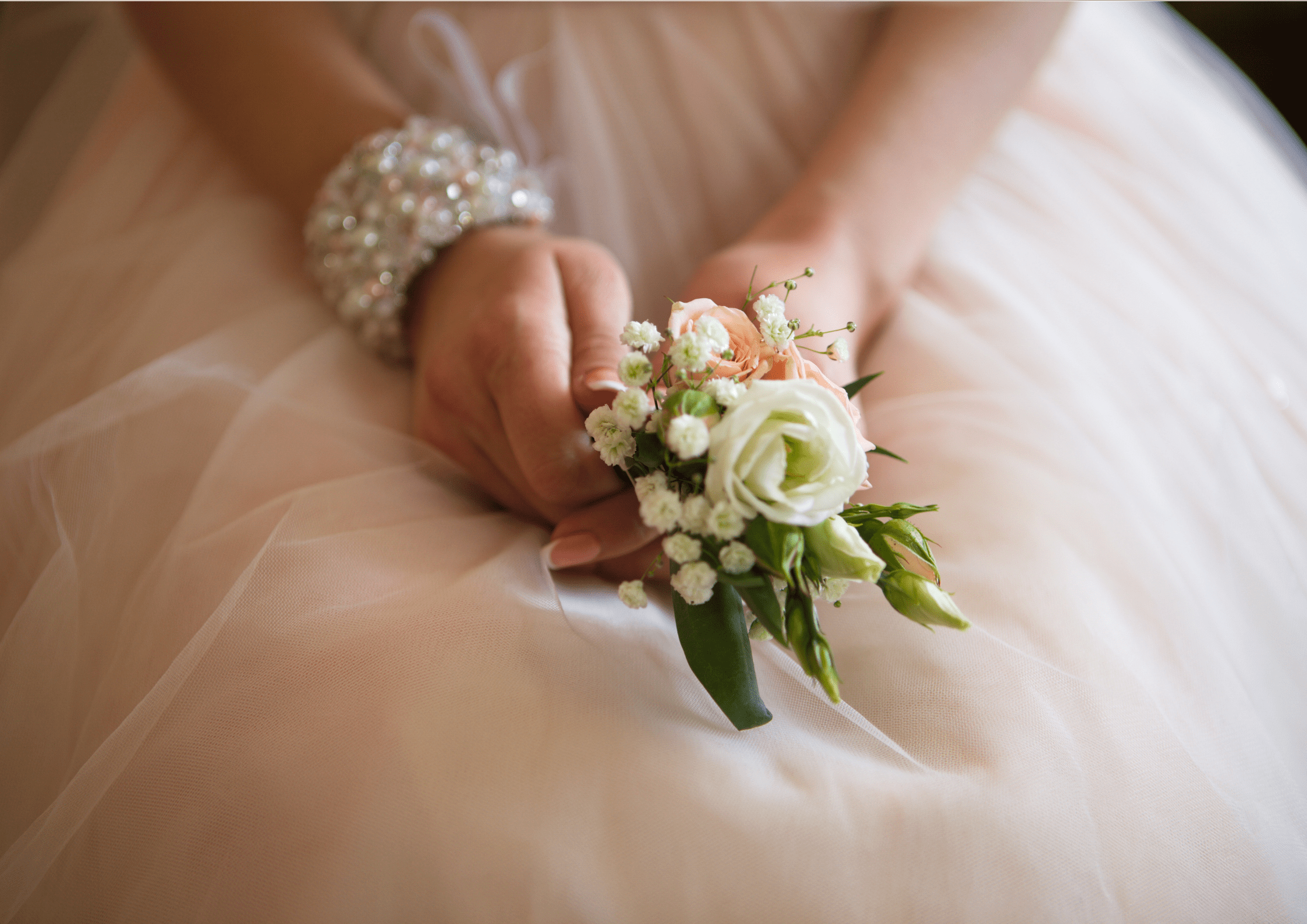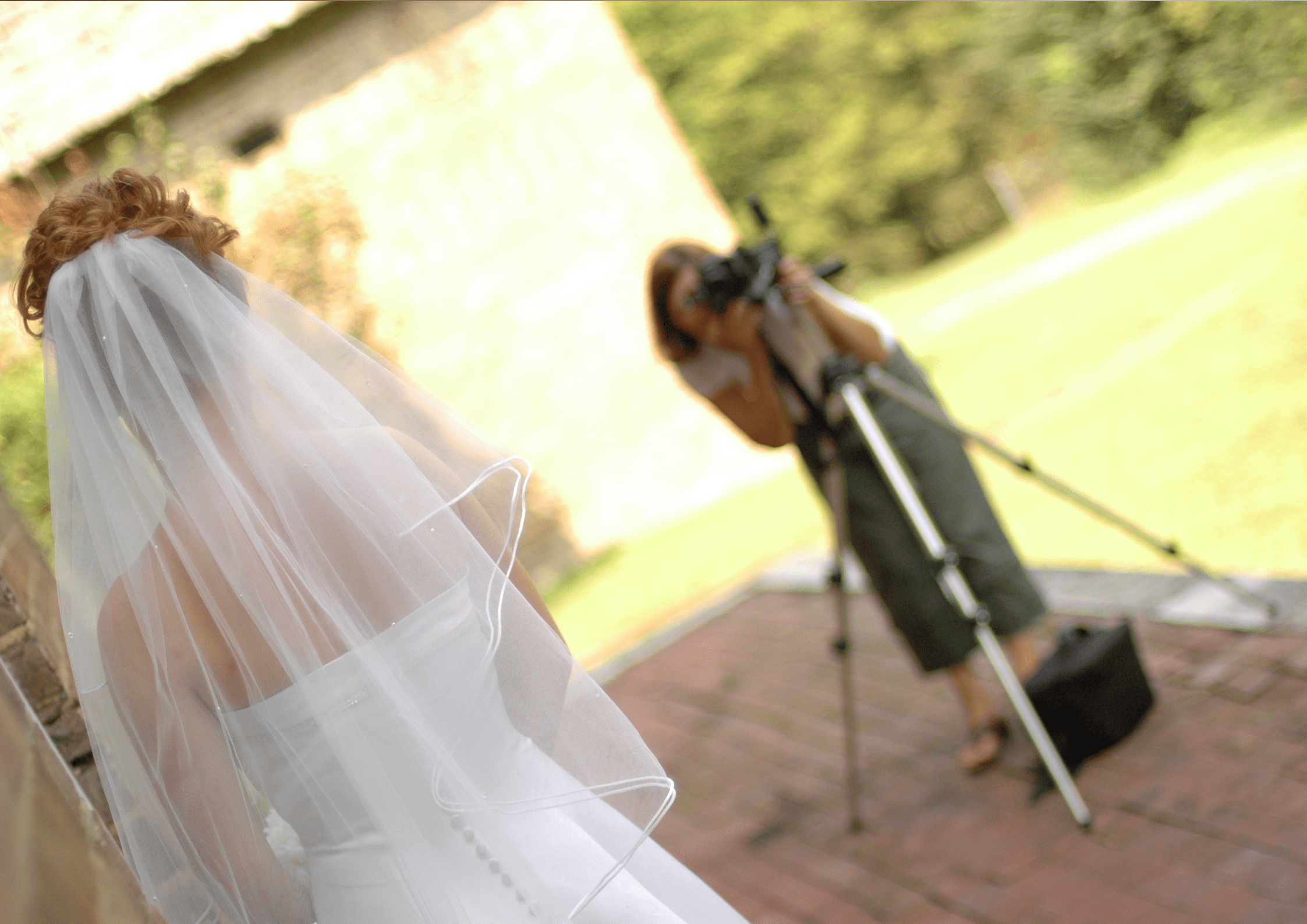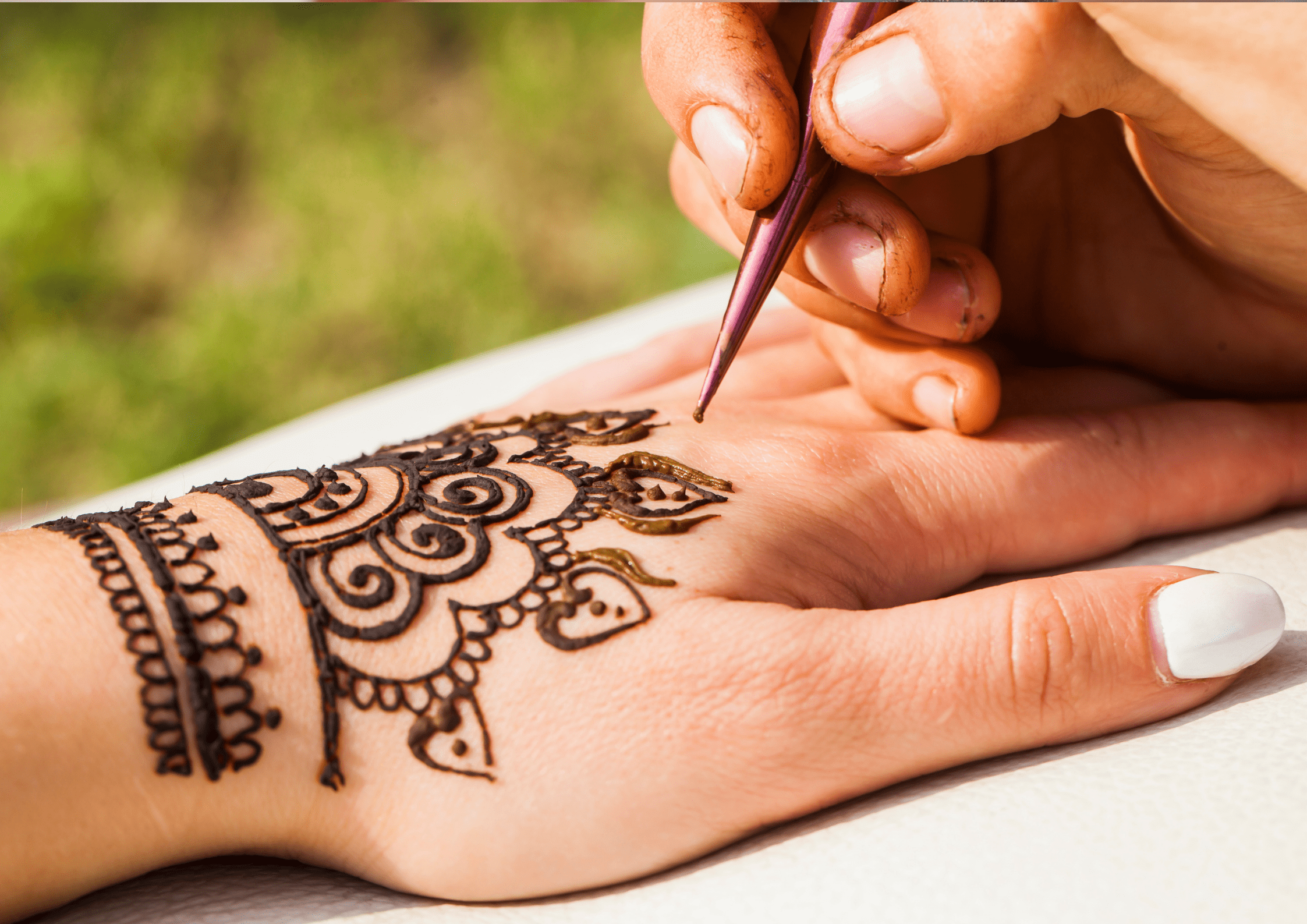Mauritius: A traditional Marathi wedding – Part 2/2
Upon the wedding day, a small teepee is built with a few stems and lilacs leaves in the yard. The bride would sit inside while the water contained in the five pots of the Yajmanpan prayer done on the eve is poured on her, washing away singlehood, preparing her for wedding life.
Seated among the guests in the temple, I waited for the couple to arrive. The bride came first, traditionally dressed in a nine-yard saree (called Navwari) with matching bangles of bottle green colour. Also, as per custom, she wore a nose ring (nath), white beads chain on the forehead (called mundavalya), flowers in her hair and jewelries. I could hardly recognize my friend in her bridal attire, she was simply stunning. Shortly afterwards, the groom arrived, and the ceremony started. A white wedding cloth (Antarpat) is placed between the bride and groom preventing them from seeing each other. The cloth is held up while the priest recites the Mangalashtakams (addressed to all Gods), and once the recitation is done, the cloth is removed, and the couple is sprinkled with coloured rice. They exchange the varmalas (flowers garlands) symbolizing the union of the two persons. Mangalashtakams are the eight holy wedding vows, and after reciting each one of them, the priest explains their new responsibilities as a married couple.
The bride’s parents then gives away her hand onto the hand of her husband (Kanyadaan ceremony). The Marathi bride is given away by her parents to the groom and his family with a promise that they will take care of their beloved daughter. The couple sit in front of the sacred fire made from holy wood. The bride is handed parched grains which she offers to the fire, while the groom repeats the three mantras. It is the bride who recites the fourth mantra silently. This represents that they agree to walk side by side as a couple and promise to be there for each other in good and bad times in front of the sacred fire, the priest, and their family and friends.
Afterwards, the groom places the Mangalsutra (auspicious thread uniting the souls) around the bride’s neck, toe rings on her toes, and vermillion on her forehead. The bride and groom encircle the sacred fire seven times while saying the wedding vows out loud which conclude the wedding rituals. Finally, the wedding ceremony ends with the Shanti path (mantra for peace, harmony, and happiness), and the guests are invited to throw flower petals, showering their blessings on the bride and groom.
Zafi








